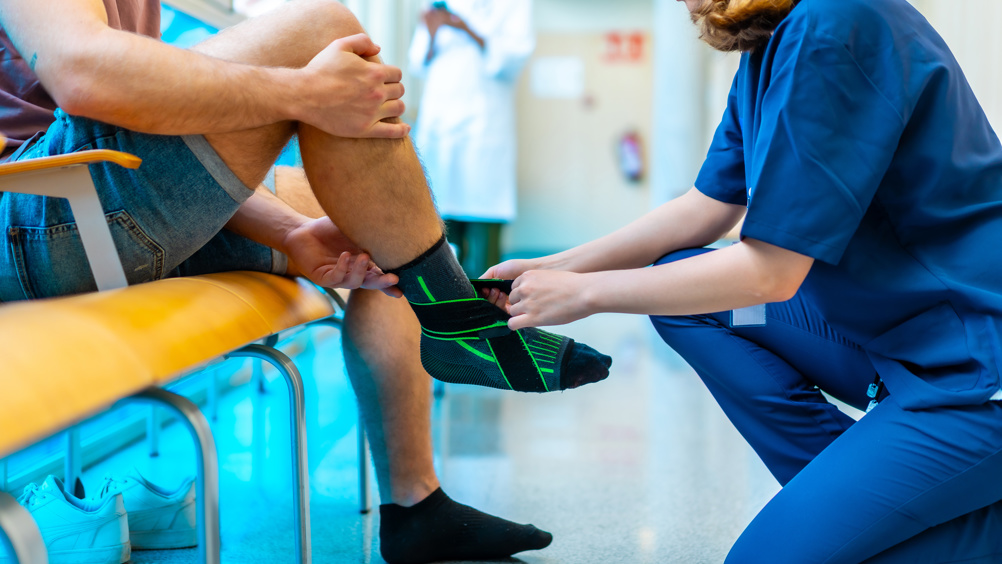References
Managing lymphoedema and lymphoedema-related complications in end-of-life care

Abstract
Lymphoedema is a condition often seen in palliative patients, characterised by impaired lymphatic drainage, which leads to swelling in affected areas. In the context of end-of-life care, managing lymphoedema and its associated complications, such as lymphorrhoea and infections, is crucial for enhancing patient comfort and quality of life. This article discusses the various management strategies for lymphoedema in palliative care, including compression therapy, manual lymphatic drainage, skin care and gentle exercise. Attention is given to complications such as cellulitis and lymphorrhoea, emphasising early intervention and holistic care to prevent deterioration. Additionally, the importance of mobility support, tailored care plans, and collaboration with healthcare specialists are explored. The article also highlights recent studies, including those on subcutaneous needle drainage and the limitations of current treatment options. Ultimately, effective management of lymphoedema in end-of-life care requires a comprehensive approach that prioritises comfort, symptom relief and the dignity of the patient.
Lymphoedema is a condition where the lymphatic system is unable to properly drain lymph fluid, causing swelling most commonly in the arms or legs, but it can also affect areas such as the torso, head, neck and genitals. The symptoms of lymphoedema are similar to those of peripheral oedema and include swelling in the affected area, pain or discomfort, and a feeling of tightness or heaviness (Table 1). Many patients with advanced cancer have lymphoedema; the author discusses how to manage end-of-life care in these circumstances. Alongside difficulty in moving the affected limb, patients can also experience complications such as lymphorrhea (Marie Curie, 2022), a condition where fluid leaks from the skin, which again is common in palliative care. Additionally, people suffering with lymphoedema are at an increased risk of infections, especially where there are cuts or scratches on the skin.
Register now to continue reading
Thank you for visiting Community Nursing and reading some of our peer-reviewed resources for district and community nurses. To read more, please register today. You’ll enjoy the following great benefits:
What's included
-
Limited access to clinical or professional articles
-
New content and clinical newsletter updates each month

